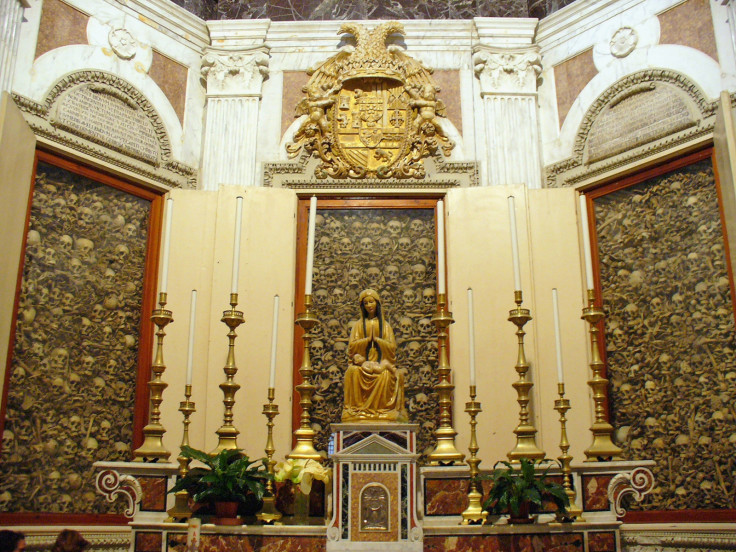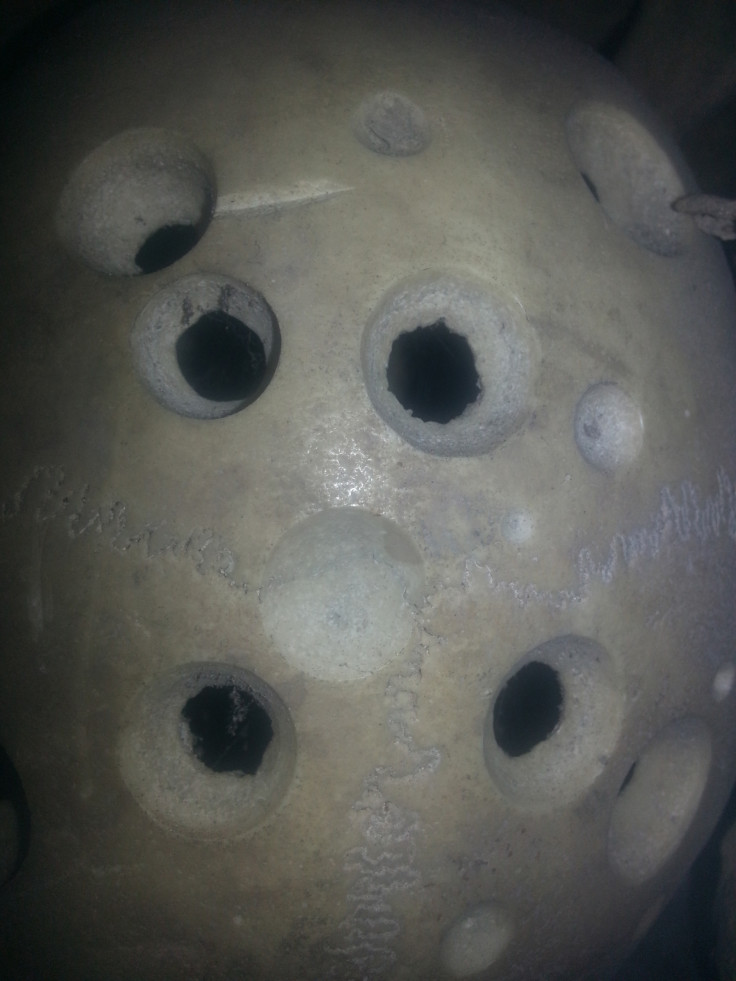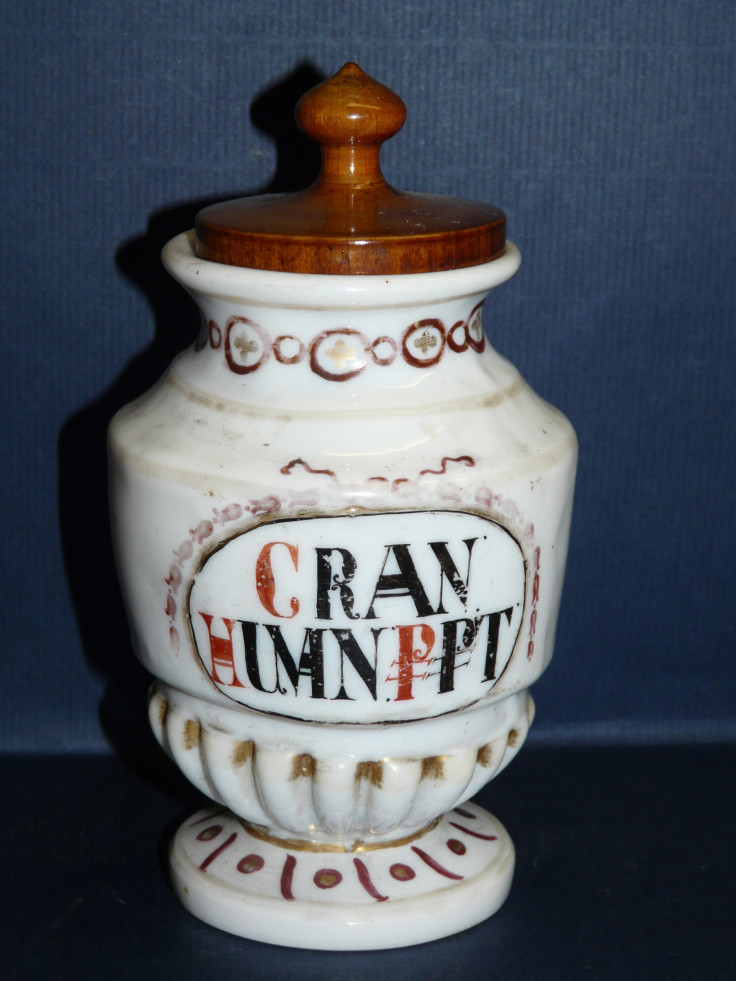Pulverised skull of Martyr of Otranto was used as medicinal bone drink
A long-standing mystery of why the skull of a 15<sup>th century Martyr contained 16 perfectly symmetrical holes drilled into it has finally been solved.
Scientists at the University of Pisa were looking at a "pulverised human skull" belonging to one of the Martyrs of Otranto. The skull is on display at the Cathedral of Otranto. It is part of five huge glass display cases containing the remains of other martyrs.
One skull stands out, however. Unlike the others, which have the facial bones facing visitors, the skull is positioned with the face towards the ceiling, and the back of the head facing visitors.
Martyrs of Otranto

The Martyrs of Otranto were beatified in 1771 and canonised by Pope Francis in May 2013. Their identities unknown, they are now patron saints of the city of Otranto.
Ottoman Turks invaded Italy in the 15<sup>th century. In August, 1480, Ottoman commander Gedik Ahmed Pasha led a 15 day siege of Otranto.
Women and children under the age of 15 were sold into slavery. Men over 50 were slaughtered, while the rest – about 800 men – were told to convert to Islam or die. All were beheaded for refusing.
"After reaching the Cathedral, where the clergy and the survivors took refuge, Gedik Ahmed Pasha ordered them to renounce their Christian faith, but having received a flat refusal, he broke into the Cathedral with his men and captured the refugees," the study authors wrote.
"On August 14, 800 of the city's male inhabitants were taken to a place called the Hill of Minerva, later renamed Hill of the Martyrs, and were executed. According to legend, the Otrantines were killed by impalement or, mainly, by decapitation."
The city was retaken a year later and most of the bodies were transferred to the crypt of the Cathedral.

Mystery skull
Published in the Journal of Ethnopharmacology, researchers were looking to find out more about the mystery holey skull. Eight of the 16 holes were complete perforations, while the other eight were incomplete.
"The lesions are the result of a multiple trepanation performed by using an instrument equipped with a large rounded tip. This tool could not produce bone discs, but only bone powder," the authors said. "It is impossible to establish with certainty the reasons for these multiple trepanations, but several hypotheses can be advanced, ranging from experimental surgery to a procedure designed to obtain relics."
The researchers say the most likely conclusion is that the skull bone powder was used in medicine – it was widely believed that saint bones had medicinal purposes at the time. Previous research has shown powdered human skull mixed with water was used to treat illnesses including epilepsy, stroke and paralysis.

It was believed the skulls of people who died a violent death were better than those who died of old age.
"As a matter of fact the martyrs of Otranto died a violent death and were not buried, and the pulverised bone obtained from their skulls might have been considered a particularly powerful ingredient for pharmacological preparations, as attested in the historico-medical literature," they concluded.
Why this skull in particular was chosen remains a mystery, however. "There are no elements to consider this skull as belonging to a martyr of particular interest or importance," study author Gino Fornaciari told Discovery News.
© Copyright IBTimes 2025. All rights reserved.






















